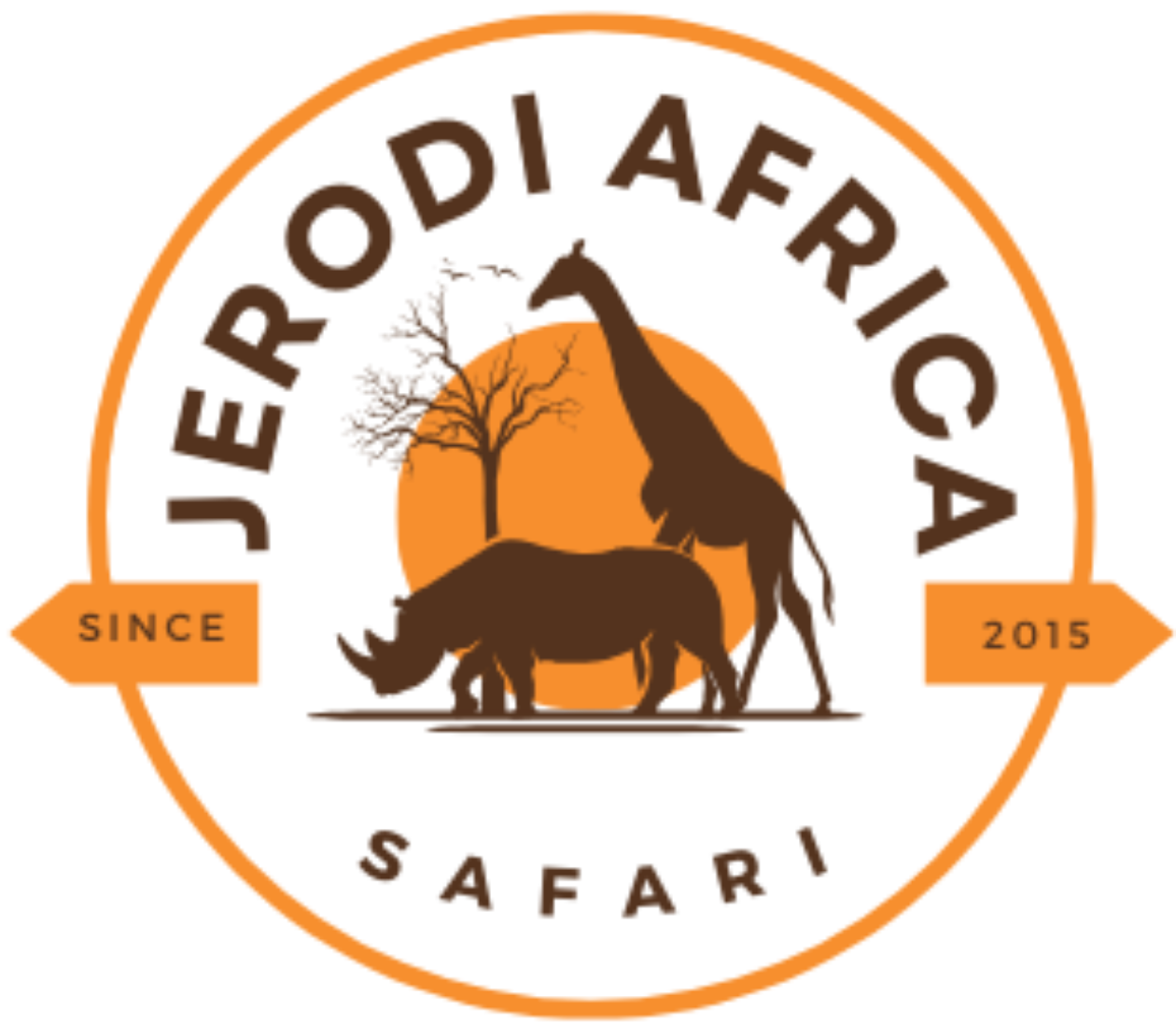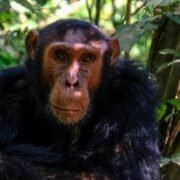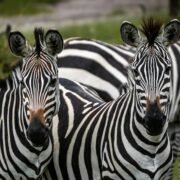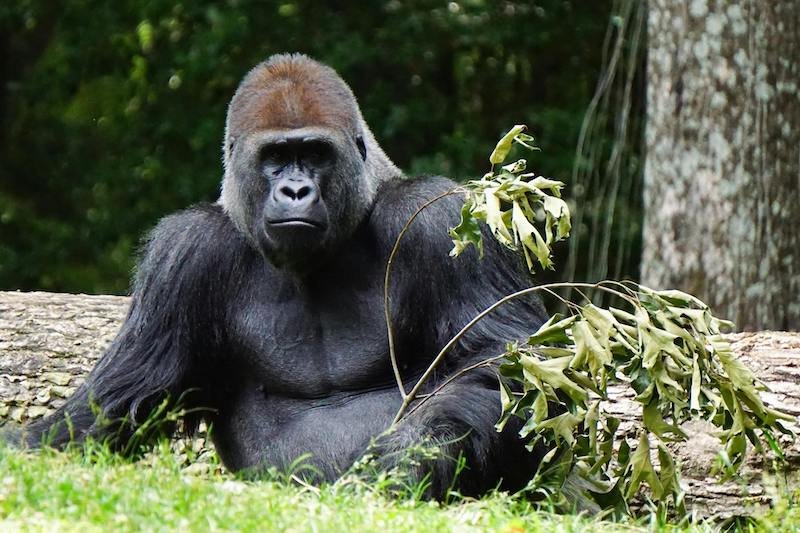
Best Time for Safari in Uganda: Travel in June–August & Dec–Feb

Uganda, often referred to as the “Pearl of Africa,” offers unforgettable wildlife experiences. But when is the best time for safari in Uganda? The answer lies in the dry seasons of June to August and December to February. The dry months of June to August and December to February are widely considered the best periods to visit. These months offer optimal weather, better road access, and exceptional animal encounters. Let’s explore the reasons these months are ideal for your Ugandan safari adventure.
Best Time for Safari in Uganda: Dry Seasons Explained
One of the main reasons June–August and December–February are the best time for safari in Uganda is the weather. These are the dry seasons, featuring mild temperatures and little to no rainfall. This makes game drives, boat safaris, and treks far more enjoyable.
During Uganda’s rainy seasons (March–May and September–November), some routes become impassable and trails muddy, hindering access to key national parks. In contrast, dry months offer ideal terrain for exploring places like Queen Elizabeth National Park and Kidepo Valley National Park.
📌 Related: Learn the cost of safari in Uganda
Why Wildlife Viewing Peaks During the Best Safari Months
Wildlife viewing is best when animals gather around shrinking waterholes in dry months. With vegetation less dense, you’re more likely to spot the Big Five, giraffes, antelopes, and predators like lions or leopards.
The best time for safari in Uganda provides an unmatched opportunity for close-up animal encounters and spectacular photography moments in national parks like Murchison Falls and Lake Mburo.
Gorilla Trekking Is Best During Uganda’s Dry Season
Gorilla trekking is a top draw for visitors to Uganda. Parks like Bwindi Impenetrable National Park and Mgahinga Gorilla National Park are easier to navigate during the dry seasons. Trails are less slippery, and the trek is less strenuous.
The odds of encountering a gorilla family increase in these months. For a full guide to gorilla permits, costs, and best trekking tips, see our article on Bwindi gorilla trekking.
Bird Watching in Uganda’s Prime Safari Season
Uganda boasts over 1,000 bird species, including rare and endemic birds like the Shoebill Stork. During dry months, the skies clear up, and visibility improves. Migratory birds also appear from November to April.
Birding hotspots like Mabamba Swamp and Kibale Forest are best visited during these dry spells, ensuring a rich and vibrant bird-watching experience.
📎 External Resource: Uganda Birding Destinations – Uganda Wildlife Authority
Travel Comfort During the Best Time for Safari in Uganda
Dry months allow smoother travel on Uganda’s often rugged roads. National park routes, especially in remote locations, remain accessible and less muddy. This ensures you can visit even lesser-known parks without delays or detours.
Tourists often combine a safari with Rwenzori mountain hiking, cultural village tours, or Nile River rafting—all easier and more enjoyable in the dry season.
Health, Scenery & Photography BenefitS
Mosquitoes and tsetse flies thrive in wet conditions. Dry months see a significant reduction in insect populations, lowering the risk of malaria and other vector-borne illnesses. While repellent and precautions are still advised, travelers report fewer bites and more peace of mind.
Stunning Scenery and Ideal Photography Light
After the rains, the landscapes remain lush, while the dry months bring clearer skies and golden light—perfect for photography. Whether it’s the vast plains of Kidepo, the misty hills of Bwindi, or the mighty Murchison Falls, your camera will love this season.
Cultural Events and Festivities
Many cultural festivals and community events in Uganda take place during the dry season, when roads are clear and villages more accessible. These experiences offer unique opportunities to engage with Uganda’s diverse tribes and heritage.
Great Accommodation Options
Hotels, lodges, and camps ramp up operations during peak season. From budget tented camps to luxury safari lodges, you’ll find a wide range of options. Many offer early-bird discounts, group deals, and guided tour packages.
Explore our curated list of affordable Uganda safari lodges for your next trip.
Adventure Activities in Uganda’s Dry Season
Dry conditions are perfect for adventure sports like:
- White-water rafting on the Nile
- Hiking in Rwenzori or Mount Elgon
- Biking safaris in Lake Mburo
These activities rely on dry, stable conditions and are most available between June–August and December–February.
National Parks Are More Accessible
In Uganda’s wet months, parks like Semuliki or Kidepo Valley may be hard to access. In the dry seasons, all major and minor parks are open and easier to explore, increasing your chance of diverse sightings.
Support for Conservation and Local Communities
Travel during these peak periods contributes directly to conservation and local livelihoods. Entrance fees, permits, and safari packages fund national park operations, anti-poaching efforts, and community projects.
By visiting during the best time for safari in Uganda, you not only enjoy better conditions but also support sustainable tourism.
Conclusion
The best time for safari in Uganda is clearly from June to August and December to February. These months offer:
- Clear skies and dry terrain
- Better wildlife sightings
- Gorilla trekking and birding opportunities
- Comfortable travel and fewer insects
- Cultural immersion and diverse adventure activities
Whether you’re a first-time visitor or a seasoned safari-goer, these months promise the most enriching and unforgettable experiences Uganda has to offer.
🔗 Also read: Birding in Uganda – A Paradise for Birdwatchers
Internal Link:
Planning your trip? Don’t forget to check out how much a safari in Uganda costs to budget effectively.
See the cost of safari in Uganda
Outbound Link:
Uganda Wildlife Authority – Official Website
Recent Posts
Mountain Gorillas and Chimpanzees in Uganda
Monkeys in Uganda: Species, Parks & Safari Guide
Zebras in Uganda National Parks: Species, Breeding & More
Tags
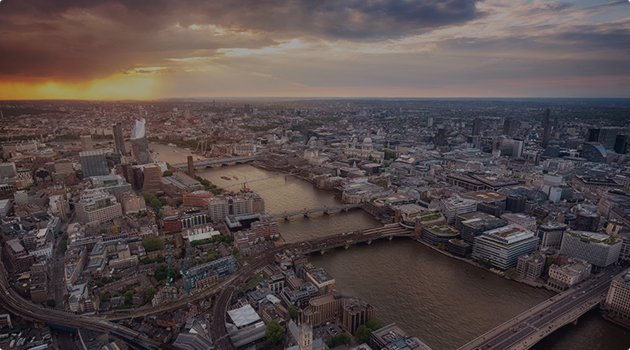
Thailand

